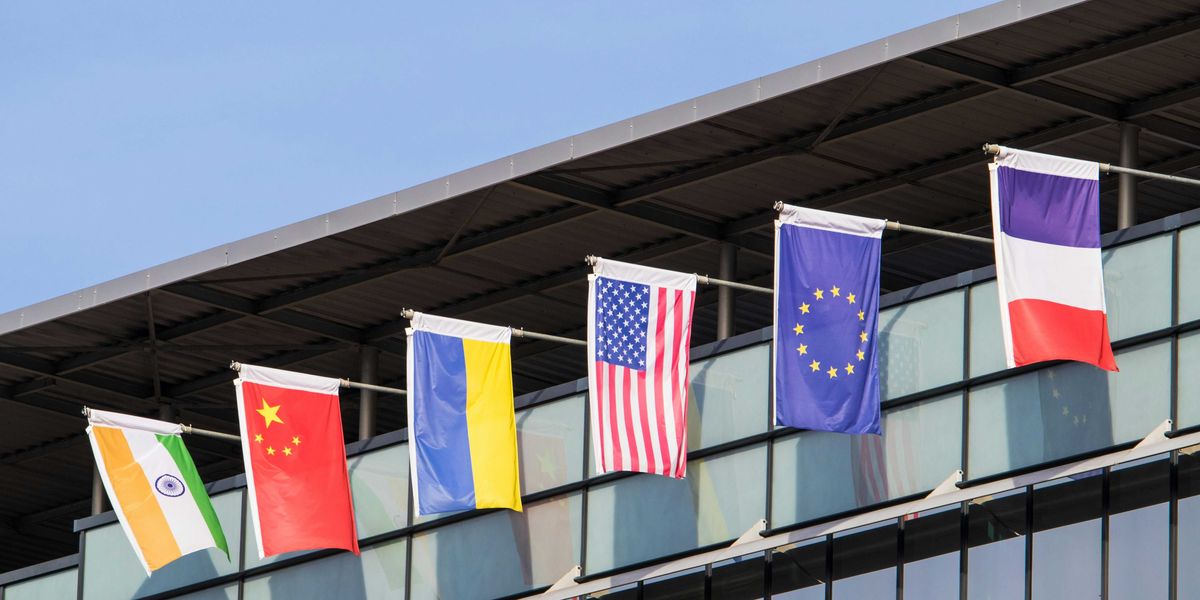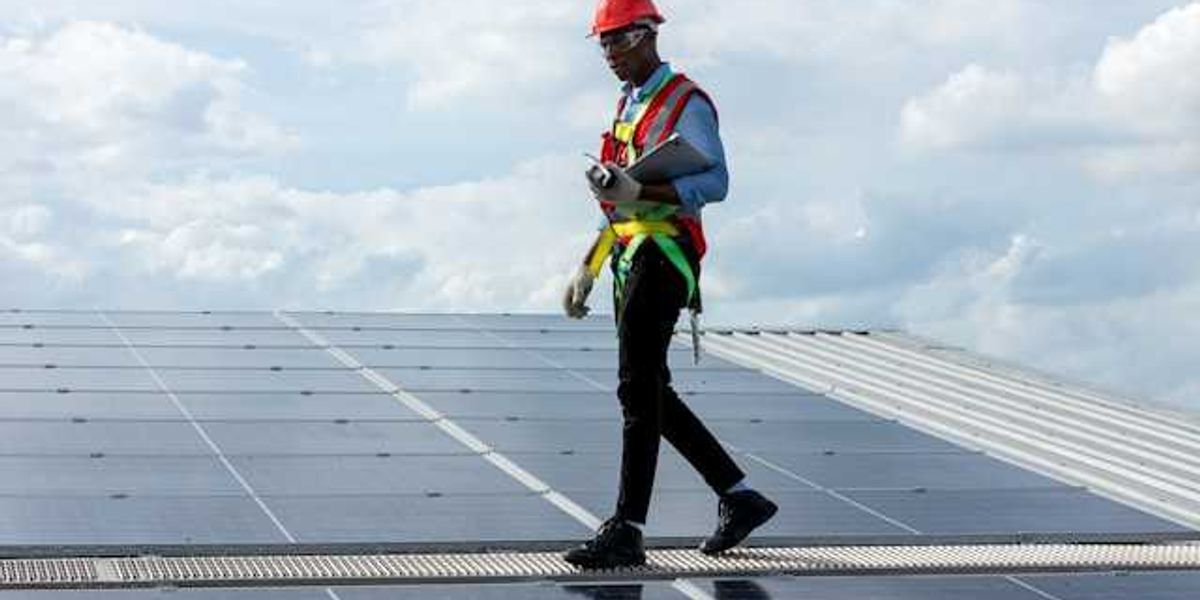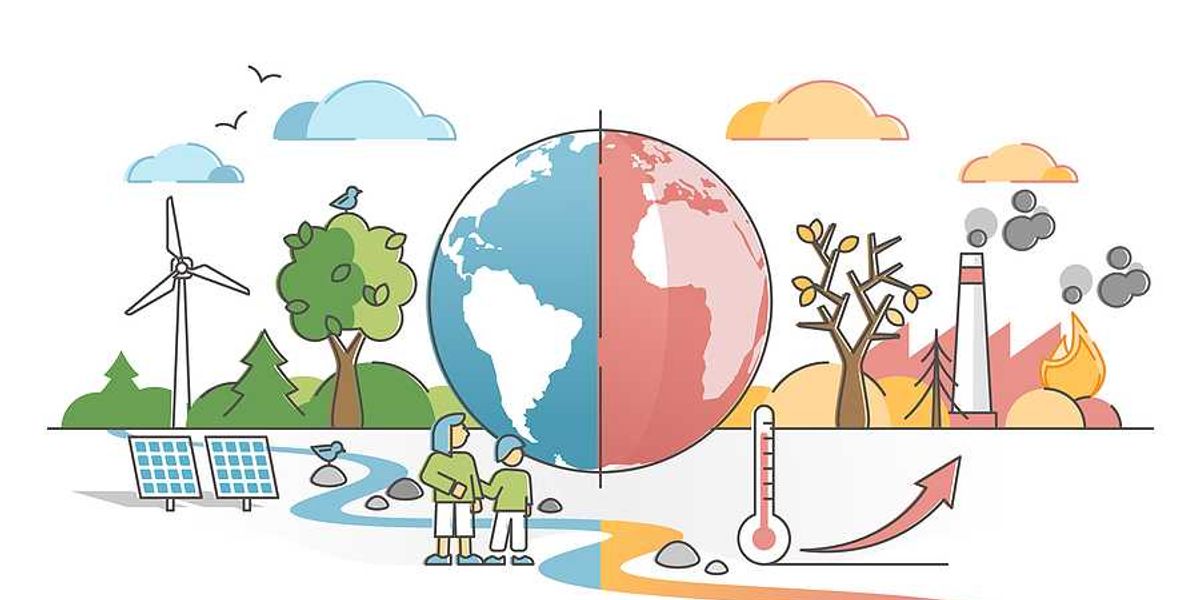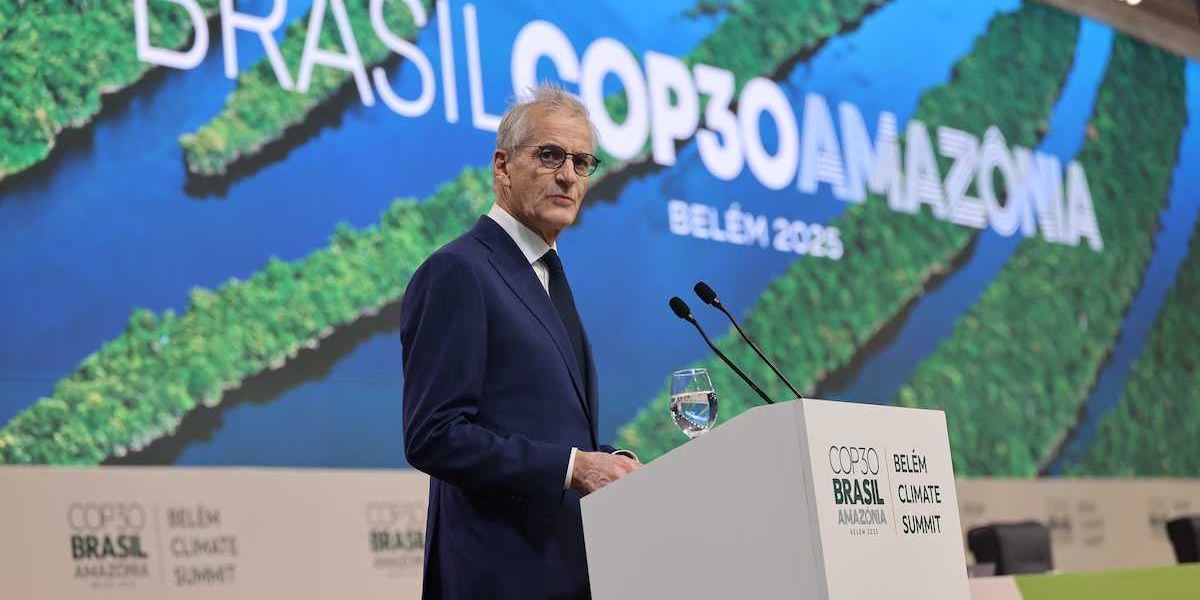New York mayoral race will shape city’s ability to tackle climate threats
The upcoming Democratic primary in New York City may determine whether the city enforces or unravels its ambitious building emissions law, Local Law 97, as climate advocates warn of worsening urban flooding and heat.
Rebecca Egan McCarthy reports for Grist.
In short:
- New York’s Climate Mobilization Act aims to cut municipal emissions 85% by 2050, but building emissions have barely budged, despite laws like Local Law 97 that target large structures.
- Former Gov. Andrew Cuomo, now a mayoral front-runner, has not released a climate plan and is supported by landlord lobbyists; critics say he previously tried to weaken Local Law 97 and worry he’ll do so again.
- His opponent, Zohran Mamdani, backs the law and proposes turning schools into climate-resilient hubs, expanding clean energy, and ensuring free transit to reduce emissions and prepare for extreme weather.
Key quote:
“It’s a pretty good bet that if [Cuomo] became our mayor, he would be looking for ways to weaken Local Law 97.”
— Laura Shindell, New York state director at Food and Water Watch
Why this matters:
Buildings account for the majority of New York City’s emissions, mostly from heating and cooling. Local Law 97 was designed to cap emissions from the city's biggest structures, making it a critical tool in the fight against climate change. But its future depends on political will. As climate-related threats like flash flooding and urban heat waves increase, how the city adapts — or fails to — will affect millions. Aging infrastructure, lack of public investment, and stalled building upgrades mean many residents remain vulnerable. With the federal government stepping back from climate leadership, cities like New York are under pressure to act locally.
Related: Mayors lead climate fight with practical solutions as federal support wanes













